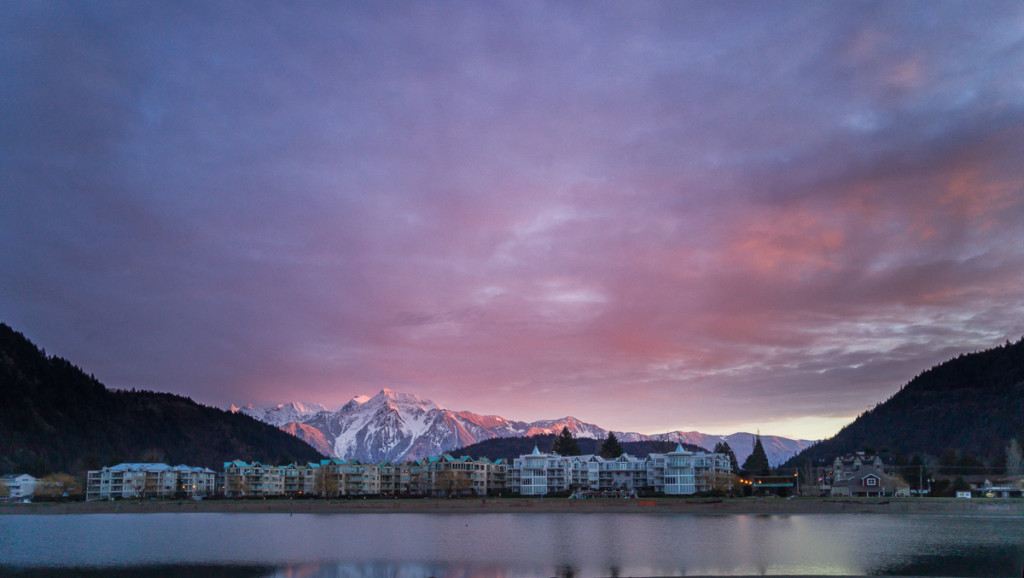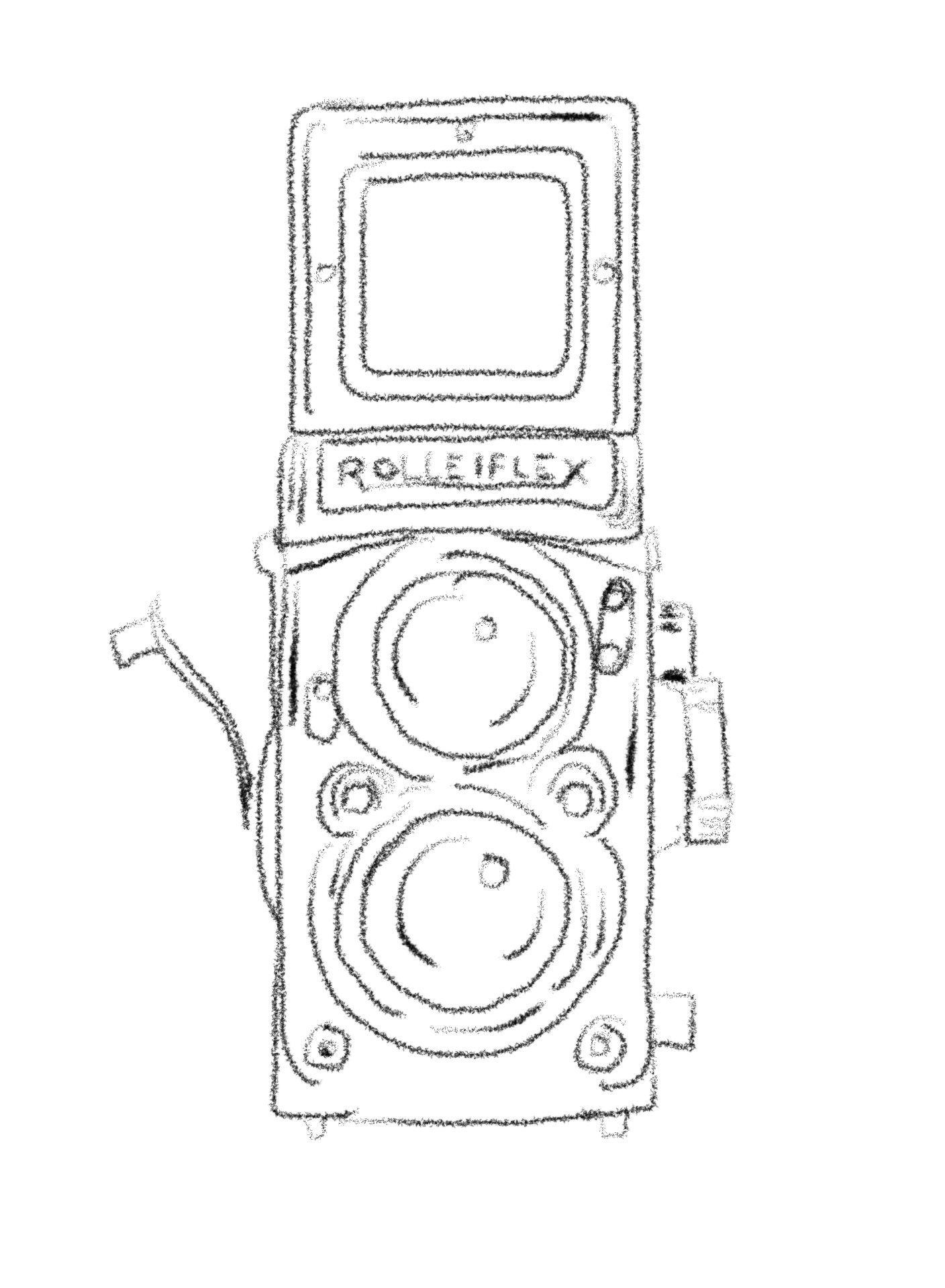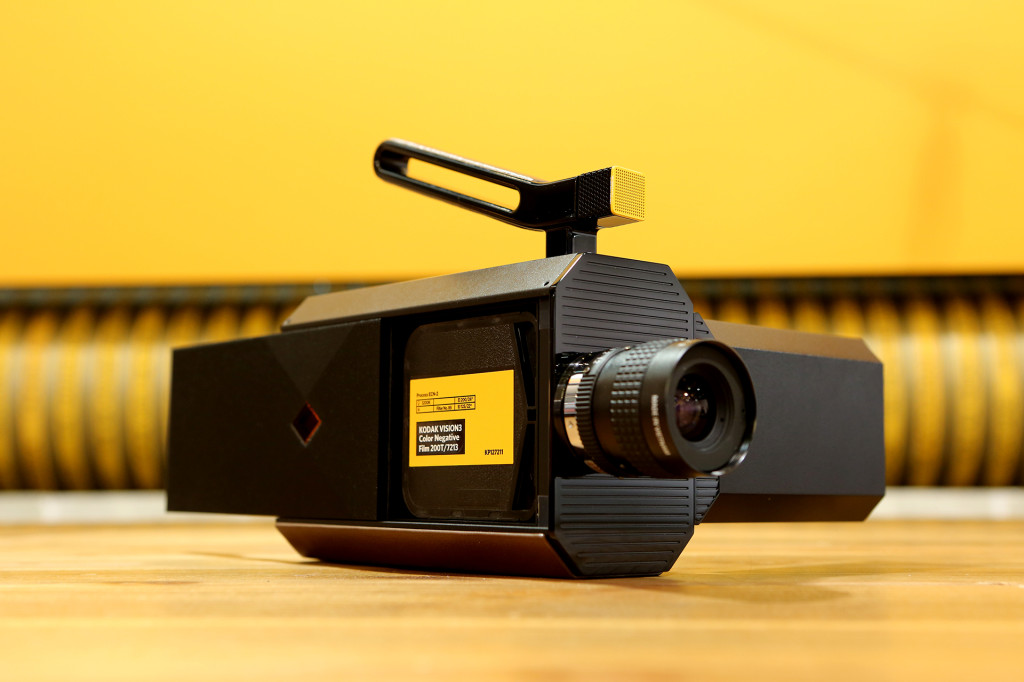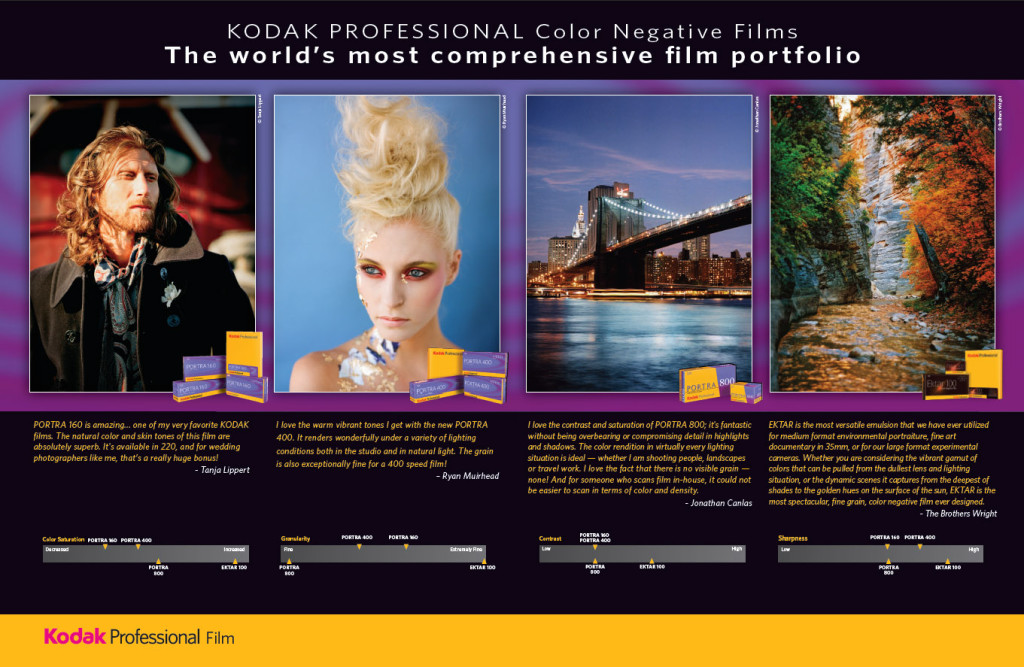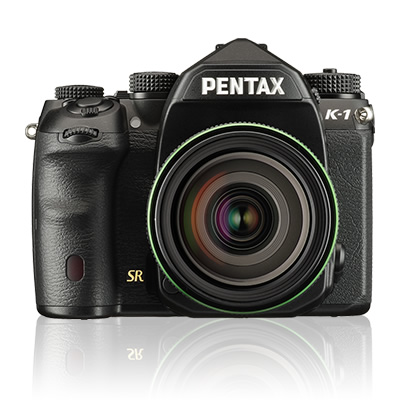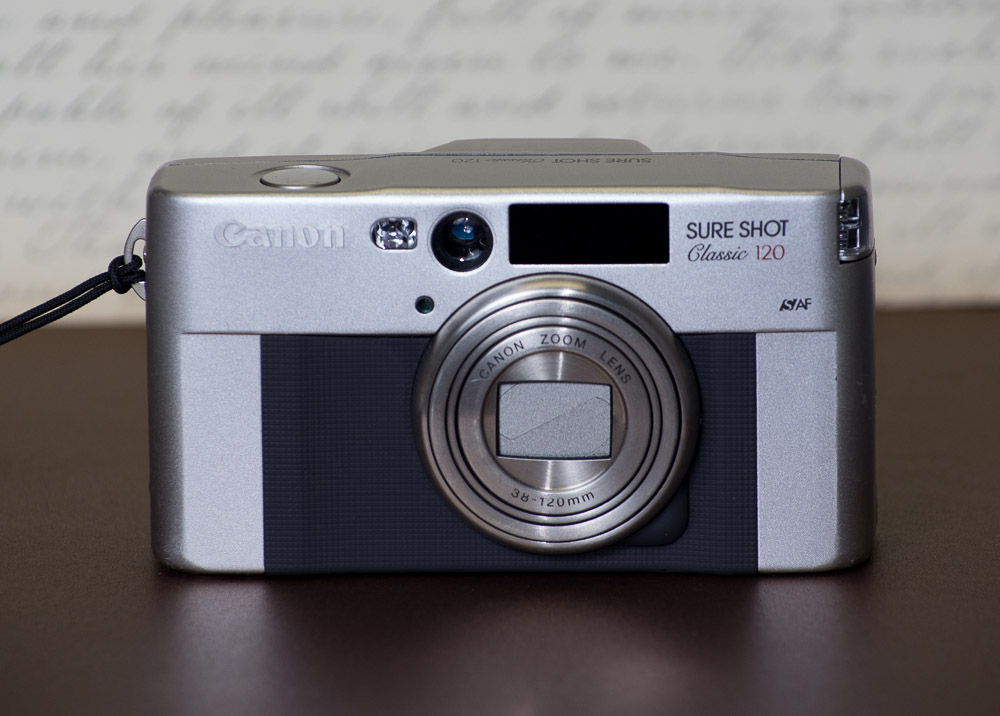Lg G4 A photographers phone in use. The Excellent the Inferior and the Unsightly
The above screen shot from the LG G4 pretty much sums it up, control. When you select manual mode it turns all the relevant photography levers over to you. What do you compare a phone camera against these days? Other phones or is it fair to compare them against dedicated one purpose cameras. Seeing as the camera phone has killed the market for anything other than higher end digital cameras I think its only fair to see where a camera phone excels and fails against all cameras.
The ‘Excellent’ Shooting at the base ISO of 50 while adjusting the shutter speed results in a malleable RAW file that can be easily edited and adjusted either in camera [sic phone] or later in a computer.

The ‘Inferior’ if you want to preserve the highlights in a bright scene with a lot of contrast then shooting RAW is a must as you can see from the above images where the RAW version (top) has retained detail and the jpeg has just given up and gone for a beer.

And finally the ‘Unsightly’ this 100% crop is from an under lit scene using ISO 2000 with no noise reduction. And there is a lot of noise that needs reducing, too much really for any algorithms I have at my disposal. Even at what would be a modest 400 ISO in the world of ‘cameras’ there is a considerable amount of noise. And here is where we find the edge of capabilities with cell phone cameras at this point. Even the best of them can not defy physics and the state of sensor technology. To hide that amount of noise its necessary to also hide the details in a processed mush. This is true really for all the phones today that have small sensors. It is only because of the ability to shoot RAW in this case that we can see behind the processing. As with anything there are trade offs and limits.
Another aspect of the camera in the G4 that is revealed when shooting RAW is the level of vignette. The corners of the image are darkened by about 1 stop of exposure. It would be nice if in manual mode that you could still allow automatic white balance but when they say manual they mean it. All of this is handled by the G4 if you shoot in Auto mode of course.
The lens has a focal length of 4.42mm and a fixed aperture of f1.8 which is fast and offers some level of focus separation in an image though not that much do to the comparatively small sensor. The 4.42mm equates to a field of view roughly like that of a 28mm lens on a 35mm film camera. As there is no way to change the focal length the wide angle is a good compromise.
If your willing to set the ability to shoot RAW aside and install the camera app from Google you get some different functionality such as photo spheres and panoramas and also the interesting ‘Blur’. Blur guides you and takes multiple images that it uses to build a depth map so that it can blur (there is the name) the background behind an object as if the image had been shot with a camera with a larger sensor.

But I digress I just wanted to point out that when it comes to phones it isn’t all about the hardware the processing becomes an integral part and is likely where we will see more innovation in the next while.
As I’m looking at this from the aspect of using the phone to the exclusion of a dedicated camera I should talk about the ergonomics. This is the first phone I have had that did not have a button that could be dedicated to the release of the shutter. Yes I know you can use the volume buttons that are situated right next to the lens but that is a mere technicality, it’s like having a toilet handle inside the toilet bowl. The problem with the lack of a shutter button is that it can force you to take your attention away from what you are taking a picture of in order to make sure your finger lands on the right spot on the screen. Additionally the motion of your finger makes it just a little harder to hold the phone steady. You can try it yourself with any phone by comparing tapping the screen vs squeezing the edge with one finger, a shutter button is just better. The lens is situated nearly at the top of the phone or on the extreme left when holding it in landscape orientation so you need to be a little careful that a finger doesn’t find its way into the corner of a picture. The screen though is large and looks fantastic and so makes a great way to compose pictures.
 The 16Mpixels are actually useful and record a lot of detail as you can see above in this RAW capture. The out of phone jpeg version that was recorded at the same time deals with some of the colour noise but at the expense of some fine detail.
The 16Mpixels are actually useful and record a lot of detail as you can see above in this RAW capture. The out of phone jpeg version that was recorded at the same time deals with some of the colour noise but at the expense of some fine detail.
My final thoughts are that for most well lit situations where you have the time to take care in adjusting exposure and a wide angle will work then the Lg G4 makes a good camera not just a camera phone. Outside that scope though it falls victim to the same issues as all phones, poor low light performance and ergonomics. You may disagree with me but if I were given the option of a Ricoh GR or an LG G4 in order to take a picture I would pick up the Ricoh unless you wanted a photo sphere or to share it online immediately but then those are other conversations.

